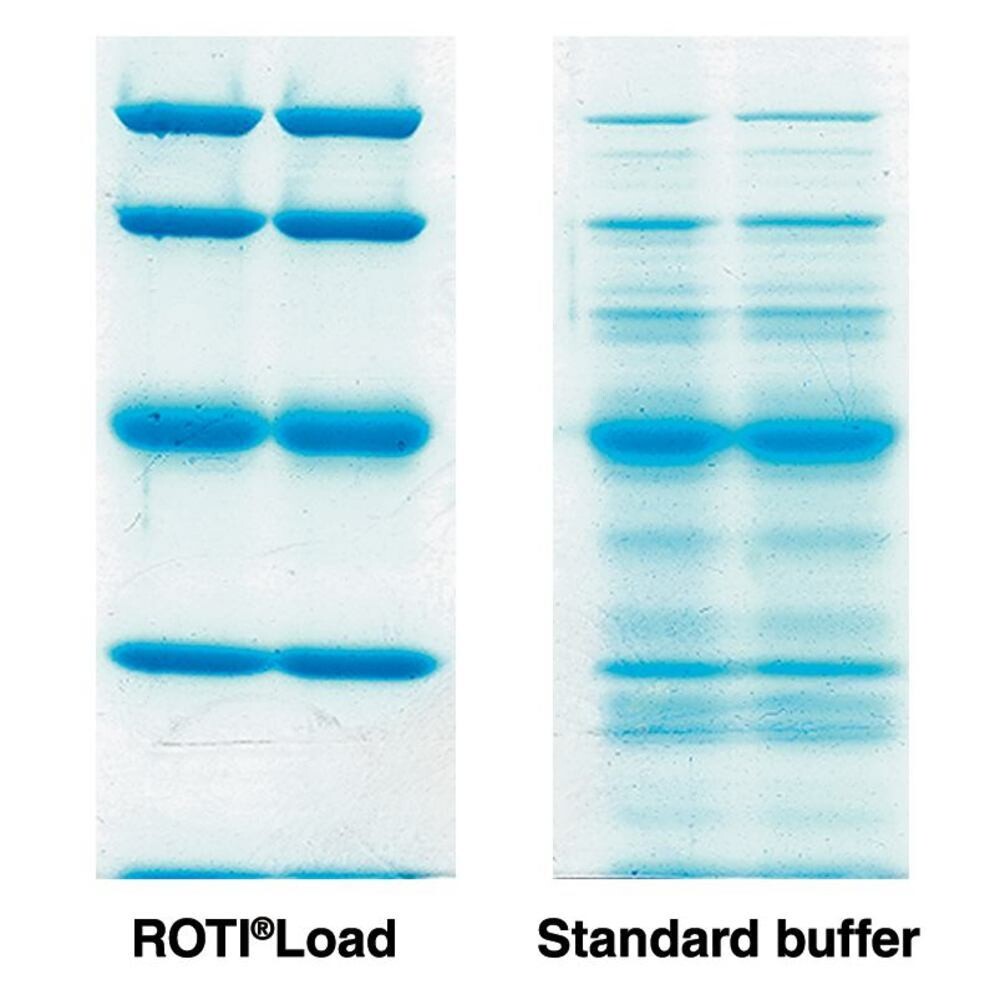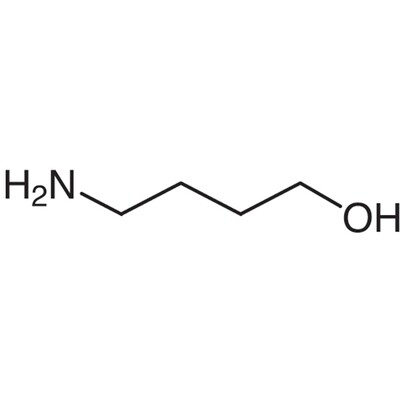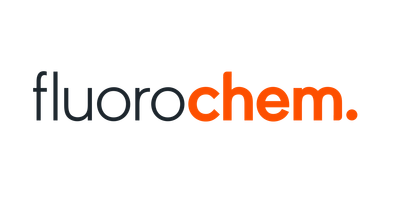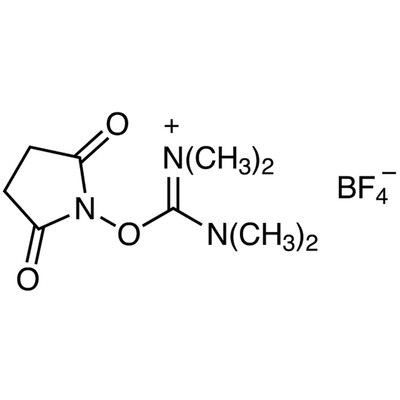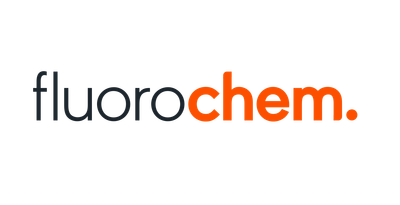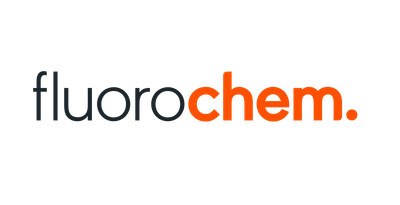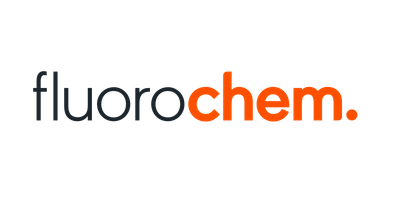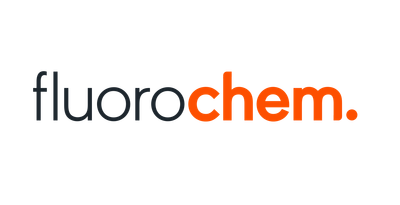Verzending 24–48 u • Levering in de hele EU • Veilige chemieverpakking
ROTI® Carga 3 (LDS)
REF 3359.1
€ 27,50
Disponible
1
Guardar este producto para más tarde
ROTI® Carga 3 (LDS)
Información del producto
Código hs: 38229000
Marca: Carl Roth
ROTI®Load 3 (LDS), non reducing, 4x conc., Density (D) 1,134 g/cm³, Storage temp. +15 to +25 °C
ROTI®Load 1 (reducing) as well as ROTI®Load 2 and 3 (non-reducing) represent special gel loading buffers for protein gel electrophoresis. They have been designed to protect your proteins during sample preparation and to stabilise sensitive peptide bonds. Protein degradation is efficiently prevented by those buffer systems. ROTI®Load are 4x concentrated ready-to-use solutions, which may be used directly for sample loading.
ROTI®Load 3 (LDS) 4x conc., unreducing
Modified, non-reducing protein sample-gel loading buffer for gels under denaturing or native conditions.
- Optimised for ready-made gels and cooled gel runs
- Superior solubility at low temperatures
- Stabilises proteins in the gel
Gebruiksinstructies
ROTI®Load protein gel loading buffers are usually used as 1x concentrated solution. ROTI®Load can either be added to the prepared sample or the precipitated proteins are dissolved directly into ROTI®Load. Optionally, heat the ROTI®Load mixed sample to 95 °C for 5 minutes to break hydrogen bonds and stretch the peptide chains.
During sample preparation and heating, ROTI®Load 3 (LDS) efficiently prevents degradation of your proteins, also stabilising the pH value during the run.
This gel loading buffer is based on a triethanolamine buffered ready-to-use solution, in which the standard sodium dodecylsulphate (SDS) has been replaced by lithium dodecylsulphate (LDS). At low temperatures, LDS is much better soluble than SDS. Hence, no crystallisation of LDS takes place, and protein stability as well as band resolution is significantly enhanced.
Additionally, the formulation of ROTI®Load 3 (LDS) has been optimised for ready-made gels, particularly Q-PAGE™ gels, but also ready-made gels of other standard suppliers.
For reducing conditions, ROTI®Load 3 (LDS) may be supplemented with 20 µl/ml DTT solution (1 M) or with β-mercaptoethanol.
Selecting a Suitable ROTI®Load Gel Loading Buffer for Proteins
ROTI®Load 1 is suitable for all PAGE standard gels. It has denaturing and reducing properties.
ROTI®Load 2 is suitable for protein complexes, secondary structures and native gels. It has denaturing properties, but it does not have reducing properties. It is possible to enrich the buffer solution with reducing agents such as β-Mercaptoethanol or DTT.
ROTI®Load 3 is suitable for native gels, precast gels and cooled gels. The buffer solution contains LDS. Unlike SDS, LDS does not crystallise out at low temperatures. In addition, the buffer solution is optimally adapted for precast gels. ROTI®Load 3 has denaturing properties, but does not have reducing properties. It is possible to enrich the buffer solution with reducing agents such as ß-Mercaptoethanol or DTT.
Glycerine is the standard reagent for increasing the density of samples.
SDS (sodium dodecyl sulphate), LDS (lithium dodecyl sulphate) are anionic surfactants. They form a negatively charged mantle around the protein molecules, which results in a denaturing effect. This process is reversible. Irreversible denaturation only occurs if the samples are boiled. Negative charging allows the molecules to be separated during electrophoresis.
β-mercaptoethanol, DTT (dithiothreitol) are reducing agents which split disulphide bridges in protein molecules. Increased unfolding of the molecule occurs. This process is reversible.
| Appearance | green-blue, clear solution |
| pH value (1x sol.) | 7,7 ±0,1 |
Productos relacionados
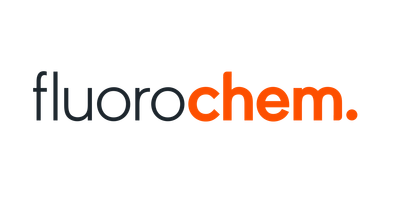
2-Chloro-3-fluoro-6-picoline, 95.0%, 10g
2-Chloro-3-fluoro-6-picoline, 95.0%, 10g
REF F077267-10G
€ 226,60
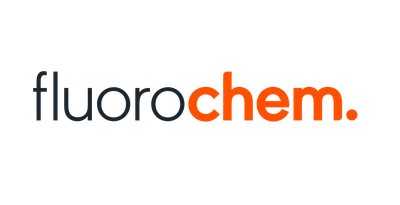
2,4-Diisopropylpyridin-3-amine, 95%, 1g
2,4-Diisopropylpyridin-3-amine, 95%, 1g
REF F619128-1G
€ 404,80
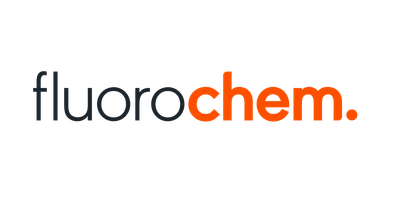
4-Iodo-N,N-dimethylaniline, 95.0%, 250mg
4-Iodo-N,N-dimethylaniline, 95.0%, 250mg
REF F227132-250MG
€ 18,70
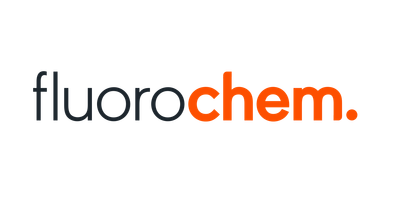
6-Chloropyrazine-2-carboxylic acid, 95.0%, 250mg
6-Chloropyrazine-2-carboxylic acid, 95.0%, 250mg
REF F062993-250MG
€ 15,40
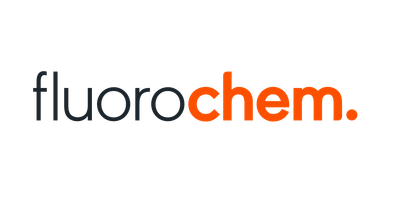
4-Bromo-2-(methylthio)aniline, 96%, 250mg
4-Bromo-2-(methylthio)aniline, 96%, 250mg
REF F791645-250MG
€ 171,60
Mostrar precios en:EUR
